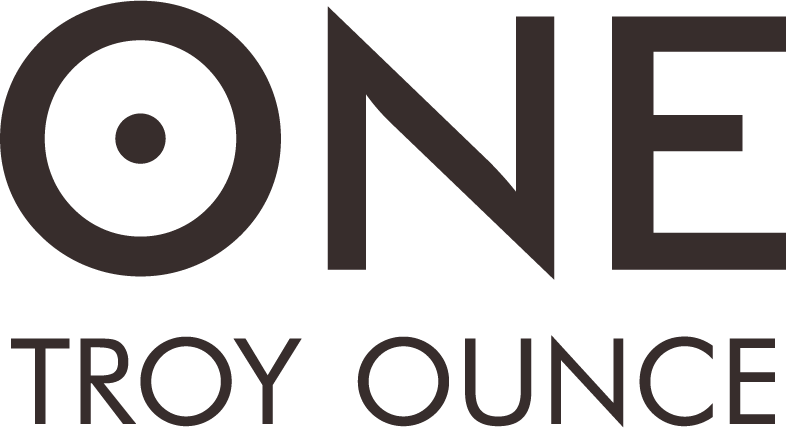Precious metals, such as gold and silver, have long been considered a safe haven for investors during times of economic and political uncertainty. The value of these metals often increases in response to geopolitical events, as investors seek to protect their wealth from the risks associated with volatile financial markets and currency fluctuations. In this blog post, we will explore the impact of geopolitical events on precious metal markets, examining historical examples and discussing the underlying factors that drive price movements.
Historical Examples of Geopolitical Events Impacting Precious Metals
-
The 1970s Oil Crisis: The 1970s oil crisis was a period of significant economic turmoil, marked by soaring oil prices and high inflation. The crisis was triggered by geopolitical events, including the Yom Kippur War and the Iranian Revolution, which disrupted global oil supplies and created widespread uncertainty in financial markets. In response, investors turned to gold as a safe haven, driving up its price and highlighting the close relationship between geopolitical events and precious metal markets.
-
The 2008 Financial Crisis: The 2008 financial crisis was a major global economic downturn, caused by the collapse of the housing market and the subsequent failure of major financial institutions. The crisis led to widespread economic uncertainty, with investors flocking to gold and other precious metals as a means of protecting their wealth. Gold prices soared during this period, reaching record highs and further reinforcing the role of precious metals as a safe haven during times of geopolitical instability.
-
The 2020 COVID-19 Pandemic: The COVID-19 pandemic has had far-reaching economic and geopolitical implications, with the global economy facing unprecedented challenges due to lockdown measures and widespread uncertainty. As governments around the world implemented stimulus packages to counter the economic fallout, concerns over inflation and currency devaluation led to increased demand for gold and other precious metals. Consequently, gold prices reached new all-time highs in 2020, once again highlighting the impact of geopolitical events on precious metal markets.
Factors Driving the Relationship Between Geopolitical Events and Precious Metals
-
Safe Haven Appeal: Precious metals, particularly gold, have long been considered a safe haven asset during times of economic and political turmoil. Unlike stocks, bonds, or fiat currencies, gold is a tangible asset with a finite supply and a history of maintaining its value over time. This makes it an attractive option for investors seeking to protect their wealth from the risks associated with geopolitical events, such as currency devaluation, inflation, and market volatility.
-
Inflation Hedge: Precious metals, especially gold, are often viewed as an effective hedge against inflation. Inflation erodes the purchasing power of fiat currencies, which can lead to a loss of wealth for investors holding cash or fixed-income investments. Gold, on the other hand, has historically maintained its purchasing power over time, making it an appealing option for investors looking to safeguard their wealth from the effects of inflation.
-
Currency Devaluation: Geopolitical events can lead to significant fluctuations in currency values, as investors assess the potential risks associated with various national economies. Precious metals, particularly gold, are often viewed as an alternative to fiat currencies during periods of currency instability, as they provide a stable store of value that is not subject to the same risks as traditional currency investments.
-
Market Uncertainty: Geopolitical events can create a great deal of uncertainty in financial markets, leading to increased volatility and potential losses for investors. Precious metals, such as gold and silver, are often perceived as a more stable investment option during these times, as they are less susceptible to the fluctuations and unpredictability of stocks, bonds, and other financial instruments.
Conclusion
The impact of geopolitical events on precious metal markets is undeniable, with historical examples demonstrating
the close relationship between global events and the value of gold, silver, and other precious metals. As a safe haven asset, an inflation hedge, and an alternative to volatile fiat currencies, precious metals often experience increased demand during periods of geopolitical instability and market uncertainty.
Investors seeking to protect their wealth from the risks associated with geopolitical events should consider the role that precious metals can play in their portfolio. While these assets are not immune to price fluctuations, they have historically demonstrated a resilience and stability that make them an attractive option for those looking to safeguard their investments during challenging times.
As the world continues to face complex geopolitical challenges, from ongoing conflicts and political tensions to environmental concerns and the potential for future pandemics, the role of precious metals in the global economy is likely to remain significant. By understanding the factors that drive the relationship between geopolitical events and precious metal markets, investors can make more informed decisions about their investment strategies and better navigate the uncertainties of the global economic landscape.
